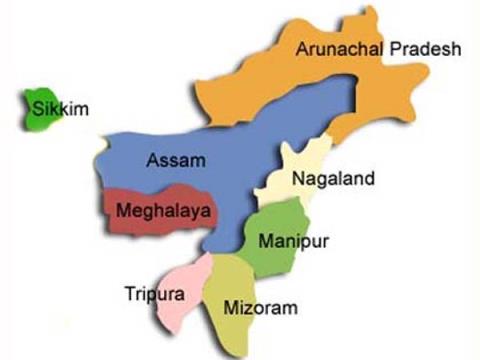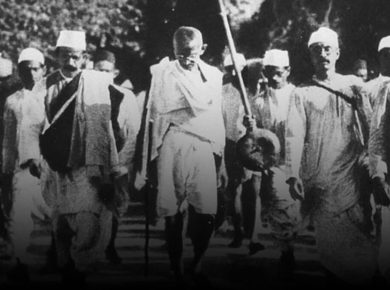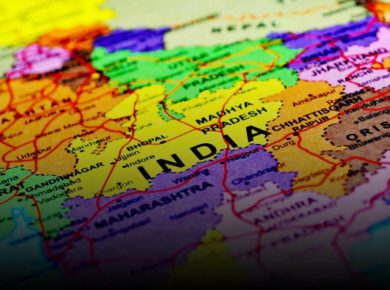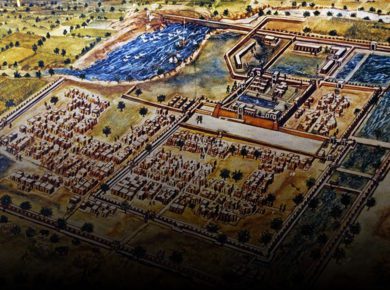Regionalism Issues – North East
The partition of India turned the North-East region into a land locked region and affected it economically. Due to this isolation from the mainstream India, the region remained backward in terms of developmental parameters.
- The isolation of the region, its complex social character due to different ethnic tribes & their culture, lack of development, weak communications between the north-east region & rest of India fuelled the anger and soured the relationship between centre and this region, which led to varied demands of people inhabiting in this region.
- Due to this delicate relationship, people aspired for their autonomy, secessionist movements & strict opposition to outsider from entering into their region.
- 1972, a regional body, North-Eastern Council was set up to provide a forum for inter-state coordination regional planning & integrated development of the region to avoid intra-regional disparities. However, NEC couldn’t control their feelings for autonomy and violent secessionist movements for that cause.
Demands for autonomy in North East
- After the independence, except Manipur and Tripura, entire north-east region comprised the state of Assam.
- Due to the presence of different cultures and tribes, Non assamese felt alienated with the Assamese & Bengali residents of the plain.
- In addition to this, Assam Government imposed Assam language on them.
- Non-Assamese people protested against this move violently; tribal leaders started demanding separation from Assam.
- Their demands were fulfilled later and several states were carved out of one Assam.
- This fulfilment of demands couldn’t stop some tribes from aspiring a separate state only for their tribal communities like Bodos, Karbi and Dimasas.
- They drew centre’s attention towards their demand of autonomy & mobilised public opinion through popular movements and insurgency.
- It was not possible for the centre to fulfil all the regional aspirations and create smaller and smaller states.
- Hence, centre devised an alternative to fix this demand, such as grant of Autonomous District for such tribes.
Secessionist Movements
The demands of autonomy can be fulfilled with the constitutional provisions, but when someone demands a separate country from a sovereign country then the issue gets complicated.
Mizoram
Mizo People never considered themselves as a part of British Union, thus, refused to consider themselves as Indian after Independence. Later in 1959, during the Famine in Assam, government could not take the correct measures for Mizo people. The neglect angered the Mizo people, and they formed Mizo National Front.
- MNF took an armed campaign against Indian army through a guerrilla war aided by Pakistan.
- Union government didn’t budge to such guerrilla war, and used their armed and air forces well, and defeated them thoroughly.
- But at the end of this war, after two decades each side was loser due to loss of human lives and economic resources.
- After realising the futility of war, MNF started negotiations with the Indian Government.
- In 1968 Rajiv Gandhi, & MNF reached for an agreement.
- As per the peace agreement, Mizoram was granted a full fledges statehood with special powers and MNF gave up its secessionist movement.
- Now, the state is recognised as having done a commendable job in the implementation of development programmes and making agriculture remunerative.
Nagaland
The story of Nagaland was not different from Mizoram. The demand for a separate country was declared much earlier in 1951. Naga National Council (NNC) declared its armed struggle for a sovereign country of Nagas.
- Government of India had tried to quell such movements with limited success by bringing many Naga areas within an autonomous framework (1957), formation of the state of Nagaland (1963).
- Still the main aim of the NSCN is to establish a sovereign state, “Nagalim” unifying all the areas inhabited by the Naga people in Northeast India and Burma.
- For a prolonged period NNC carried out its armed campaign against Indian government.
- Later a section of the Nagas signed a ceasefire agreement with Government of India.
- This came to be known as the Shillong Accord, which some leaders in the NNC called as total betrayal.
- This led to the formation of the Nationalist Socialist Council of Nagaland (NSCN) in the late 1970s.
- It started an underground Naga Federal government having both Civil and Military wings.
- However, the cease-fire between the Union Government and the NSCN has reduced violence in Naga areas. But the problem in Nagaland still awaits a final resolution.
Movements against outsiders in Assam
The migration of people from other part of the region of North-east region for its rich resources created lots of problem and increased the tension between ‘locals’ and ‘outsiders’. The migrant people were seen as encroachers, who would snatch away their scarce resources like land, employment opportunities & political power and render the local population without their legitimate due.
- To drive away the outsiders from the region, there was one Assam Movement from 1975 to 1985.
- Their main targets were Bengali Muslim settlers from Bangladesh.
- Their area of focus was illegal migration, domination of Bengali & outsiders, against faulty voter’s register of lakhs of immigrants.
- After 6 years of violent turmoil, Rajiv Gandhi negotiated with All Assam student’s union (AASU) leaders & signed an accord in 1985. According to this accord, the foreigners who migrated to Assam during and after Bangladesh war, were to be identified and deported.
- With the success of signing this accord, AASU & Assam Gana Sangram Parishad came together, & formed their political party.
- Assam Gana Parishad won the Assembly elections in 1985 with the promise of resolving the foreign national problem and make Assam a “Golden Assam”.
- However, the problem of immigration hasn’t been resolved yet, but it brought peace to some extent.
Regional Aspirations vs National Integration
- From the above discussed movements of autonomy and secession, we have learnt that the regional aspirations are part of democratic politics. Around the world, we can see such aspirations.
- In UK, there are regional aspirations in Scotland, Wales & Northern Ireland.
- Spain faces such issue in Basques
- Sri Lanka in Northern Province of the country
- Another lesson is that regional aspirations shouldn’t be suppressed, & should be deliberated, consulted and negotiated well within democratic norms and values.
- The third point to notice is that power sharing between the centre and states should be done with utmost precision. States should have their say in matters which will affect their destinies. If the states will be deprived of their power from discussing the issue of national importance, the feeling of injustice and alienation will prevail which can destabilize the balance of power sharing.
- Lastly, the government should address the issue of backwardness, growth & regional discrimination. Otherwise, such feelings could create immense and intense complicated problems. Hence to resolve any kind of regional issues, our founding fathers made a flexible and accommodative constitution.











1 comment
Nice article and useful information shared thanks.